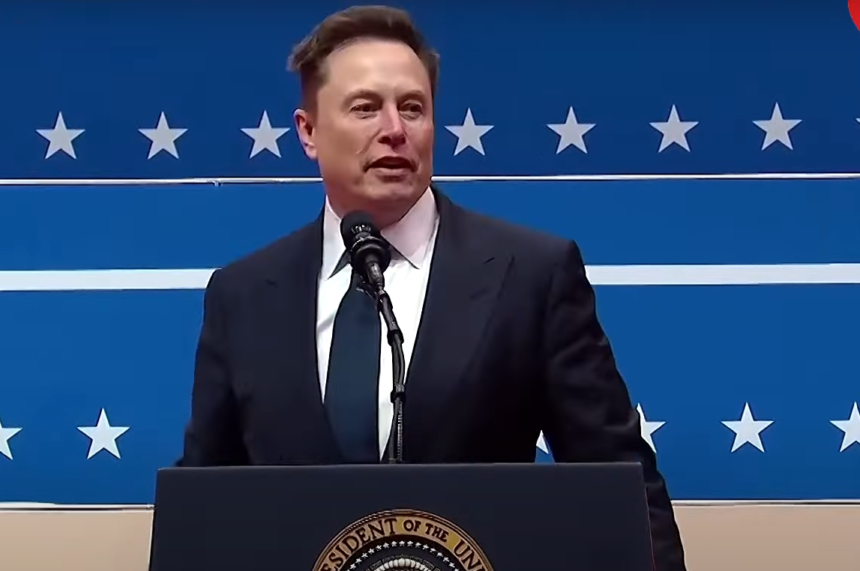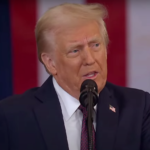The Trump administration’s federal employee buyout plan is causing a major stir among government workers and policymakers. The plan, which offers federal employees approximately eight months’ salary and benefits to voluntarily resign, is intended to shrink the federal workforce and eliminate remote work policies that have persisted since the COVID-19 pandemic. Employees must decide by February 6, 2025, whether they will accept the buyout or stay under the new, stricter workplace policies being implemented. With only 6% of federal workers currently working in-office full-time, the administration is pushing for a full return to office mandates, citing concerns over productivity and efficiency. The American Federation of Government Employees (AFGE) has strongly opposed the plan, arguing that it lacks transparency and could harm essential government services.
One of the most controversial aspects of the buyout is the role of Elon Musk, who was recently appointed to lead the newly created Department of Government Efficiency. Musk, known for his aggressive cost-cutting strategies, has been a vocal advocate for reducing government waste and streamlining operations. His involvement in the federal workforce restructuring has drawn both praise and criticism, with some seeing him as a bold reformer and others worrying about potential chaos within government agencies. Additionally, Russell Vought, a long-time advocate for reducing the size of the federal government, has defended the buyout as a necessary step toward efficiency. Critics, however, compare the strategy to Musk’s handling of Twitter (now X), which led to mass layoffs and operational instability.
Government agencies are bracing for potential staffing shortages, with experts estimating that 5-10% of the federal workforce—up to 200,000 employees—could accept the buyout. This could result in an estimated $100 billion in taxpayer savings annually, but also raises concerns about the ability of federal departments to continue functioning smoothly. Legal experts have also questioned the legality of the buyout, arguing that the administration may not have the authority to implement such a drastic workforce reduction without congressional approval. Lawsuits are already being prepared, which could delay or even halt the program.
For federal employees who decline the buyout, the new workplace policies will be far stricter than before. The administration has indicated that full-time in-office work will be required, and performance evaluations will become more rigorous. Employees who fail to meet new productivity standards may be subject to termination. Union leaders have urged federal workers to consult financial advisors before making a decision, warning that the buyout may not provide long-term job security and could leave many without adequate retirement benefits.
Politically, the buyout plan has deeply divided lawmakers. Republicans support the initiative as a means to cut government spending and promote efficiency, while Democrats see it as an attack on public servants. Some senators have already vowed to challenge the buyout in court, arguing that it disproportionately affects women, minorities, and disabled workers, many of whom benefit from remote work policies. On the other hand, conservative leaders have praised the initiative as a long-overdue reform to reduce bureaucracy and increase accountability in government.
As the February 6 deadline approaches, federal employees face a difficult decision—accept the buyout and leave government work behind or stay and comply with the administration’s stricter policies. Many workers remain uncertain about what the future holds, while others have already expressed interest in taking the buyout. With legal challenges, union opposition, and political backlash, this program is set to be one of the most contentious workforce policies of 2025.
The next few weeks will be pivotal as employees weigh their financial security, job stability, and future career prospects. If implemented as planned, the federal workforce could be dramatically reshaped, with potential long-term consequences for government operations and public services. Whether this initiative leads to greater efficiency or widespread disruption, it is undoubtedly one of the biggest policy experiments in recent history.






